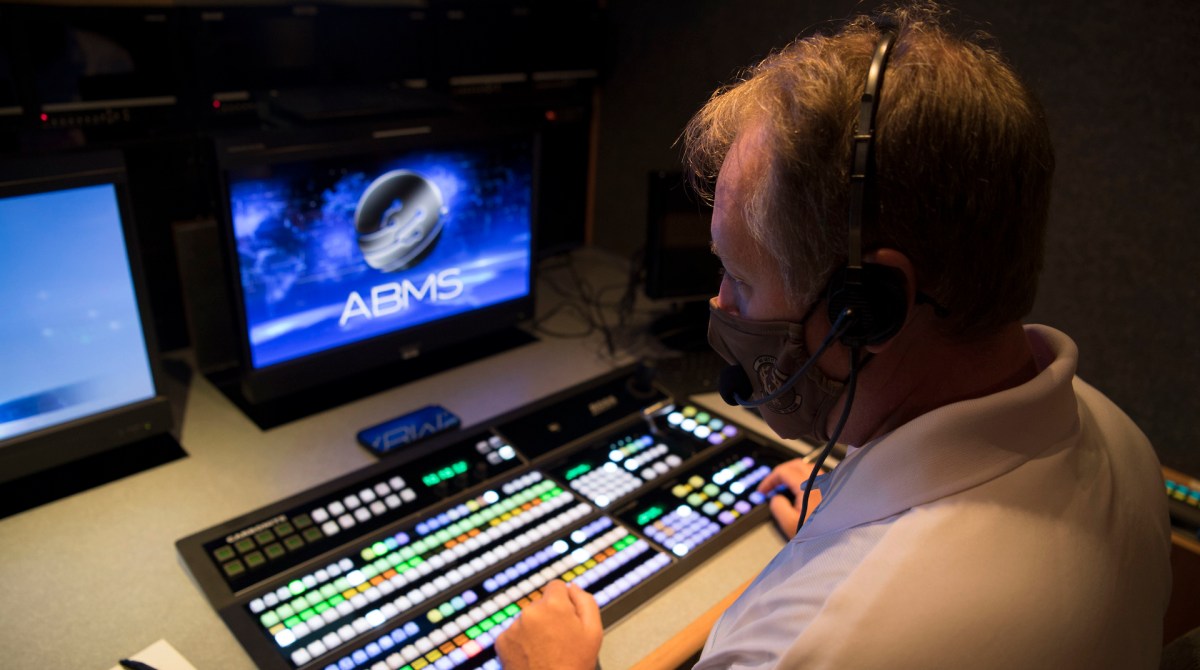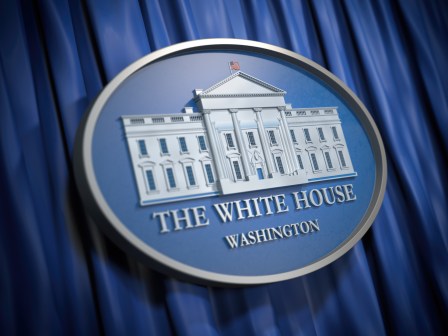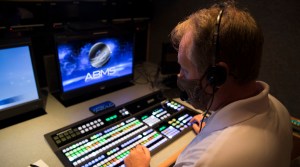Military services, Pentagon CDAO meeting weekly to coordinate AI efforts

As the Department of Defense has gone about standing up its new digital and artificial intelligence office, it has tapped key AI leaders across the military services to work closely with it to stay in sync, according to one of those leaders.
The Pentagon’s new Chief Digital and AI Office (CDAO) has met weekly with service counterparts, like the Department of the Air Force’s Chief Data and AI Office, since its formation, according to Brig. Gen. John Olson, the chief of AI and data for the Air Force.
“We’ve been having weekly meetings for quite a period with the folks leading and standing up the CDAO office at [the DOD],” Olson said during a conference co-hosted by AFCEA and George Mason University on Wednesday. “And we’ve been doing so in a joint environment … Our brothers and sisters in the Department of the Navy, with both the Navy and Marine Corps, as well as Army — we’ve all been having these weekly CDO small group meetings and CDAO planning activities. So there’s a lot of cross flow.”
The Pentagon’s CDAO reached full operational capability last week and, with it, announced a slew of new leaders for different sections of the office. And this week, the new office hosted a public symposium, during which it revealed much more about the organization, mission and challenges associated with launching.
At the symposium Wednesday, Deputy Secretary of Defense Kathleen Hicks said she wants to see meaningful progress with the CDAO’s key initiatives such as Joint All-Domain Command and Control (JADC2) within the next year.
“What I will say is that we have to be able to deliver. We have to advance and advance quickly on the challenge set that the warfighter faces,” she said. “The CDAO has to be seen a year in as delivering on that and that it is the go-to place for talent and technical expertise to get after that problem” of JADC2 and scaling artificial intelligence across the department.
But one question that hadn’t been largely addressed is how the Pentagon’s CDAO will interface with similar components at the military service level.
Olson said for the Air Force, his office “implements and amplifies the national and Department of Defense direction that comes down from the White House and the laws driven by Congress and Title 44.”
Olson didn’t go into great detail about what specifically the services have been working on together regarding AI coordination and projects, but he did offer that the Air Force and Navy, in particular, have made strong progress together to support the department’s JADC2, data-driven, connected warfare concept — developing synergy between each of their contributions: the Air Force’s Advanced Battle Management System (ABMS) and the Navy’s Project Overmatch.
“I would say the synergy of the … Department of Navy and Department of the Air Force has never been better and it’s growing,” Olson said.
He also revealed that some major acquisition awards will be coming soon for ABMS.
Similarly, Olson pointed to the importance of bringing international allies into the mix on JADC2. Already the Air Force has worked with international exchange officers for the development of ABMS, he said, and it’s looking to increase partnerships with the U.K., Australia and Canada.
“I will be only satiated and happy when we have a truly interconnected and dynamic and synergistic ecosystem that includes all of our international partners and allies,” Olson said.






